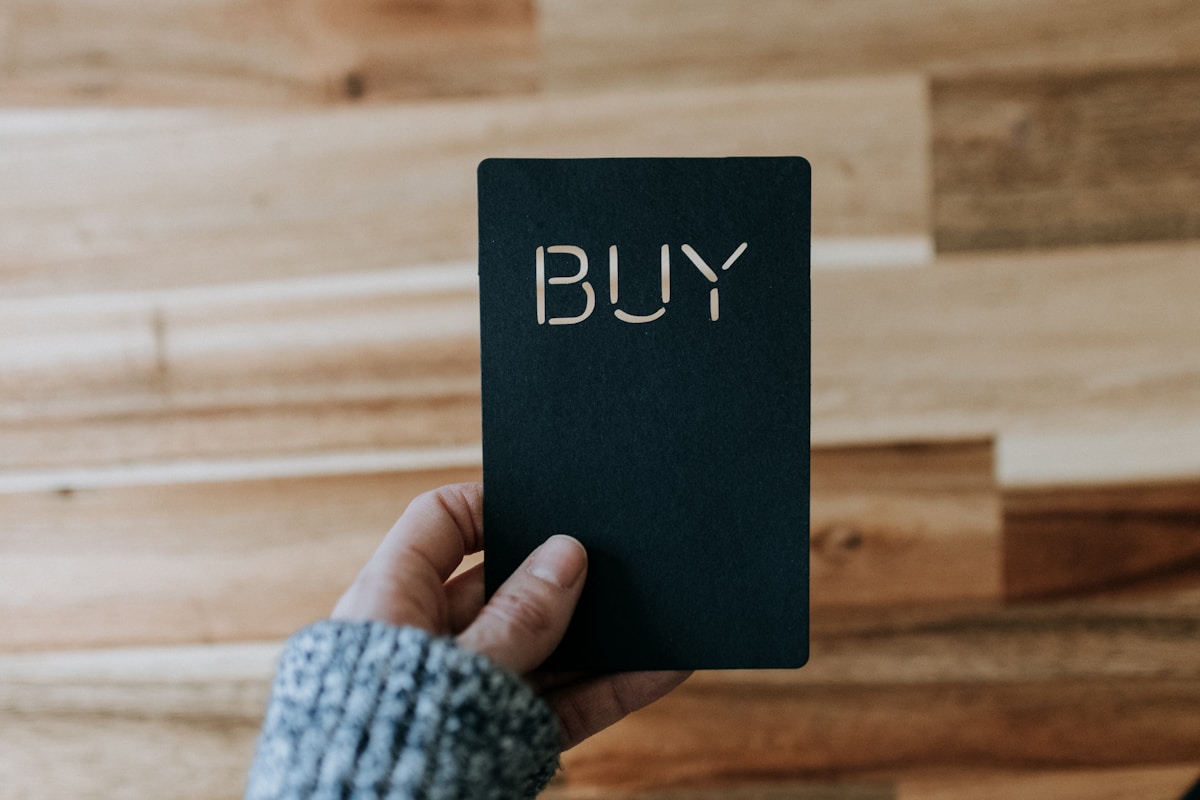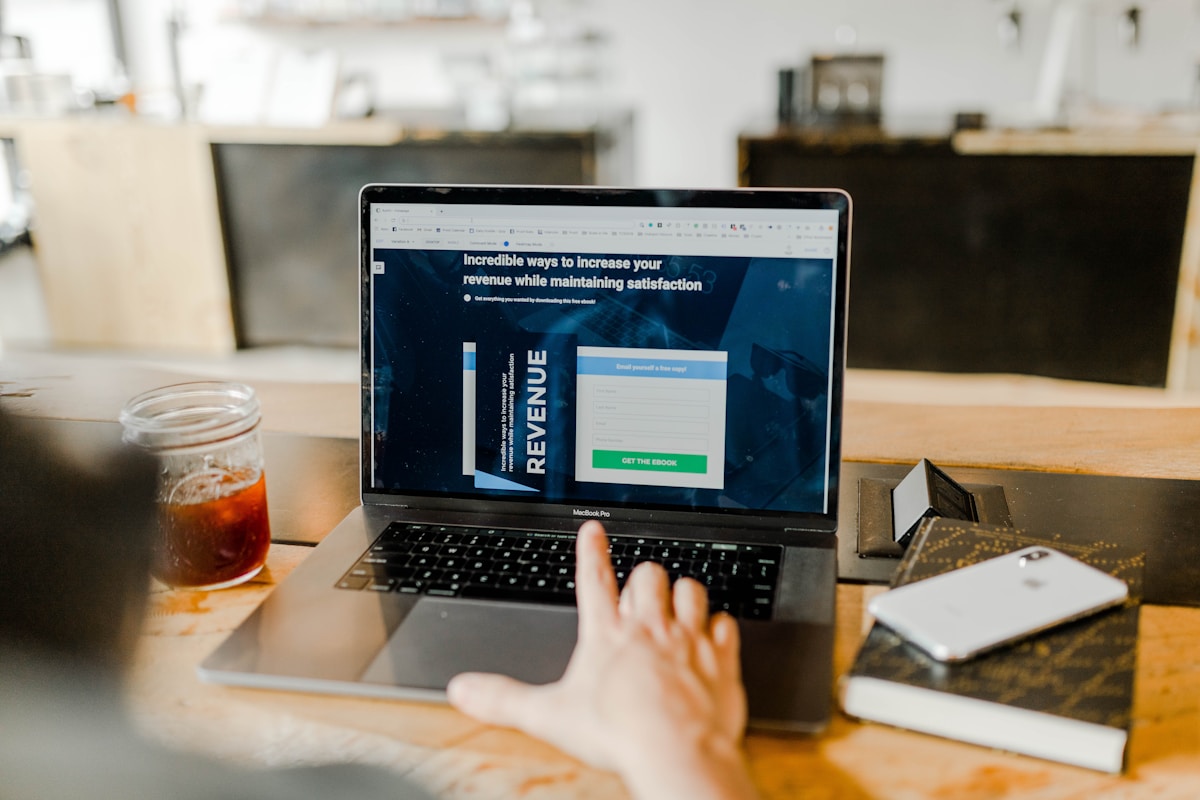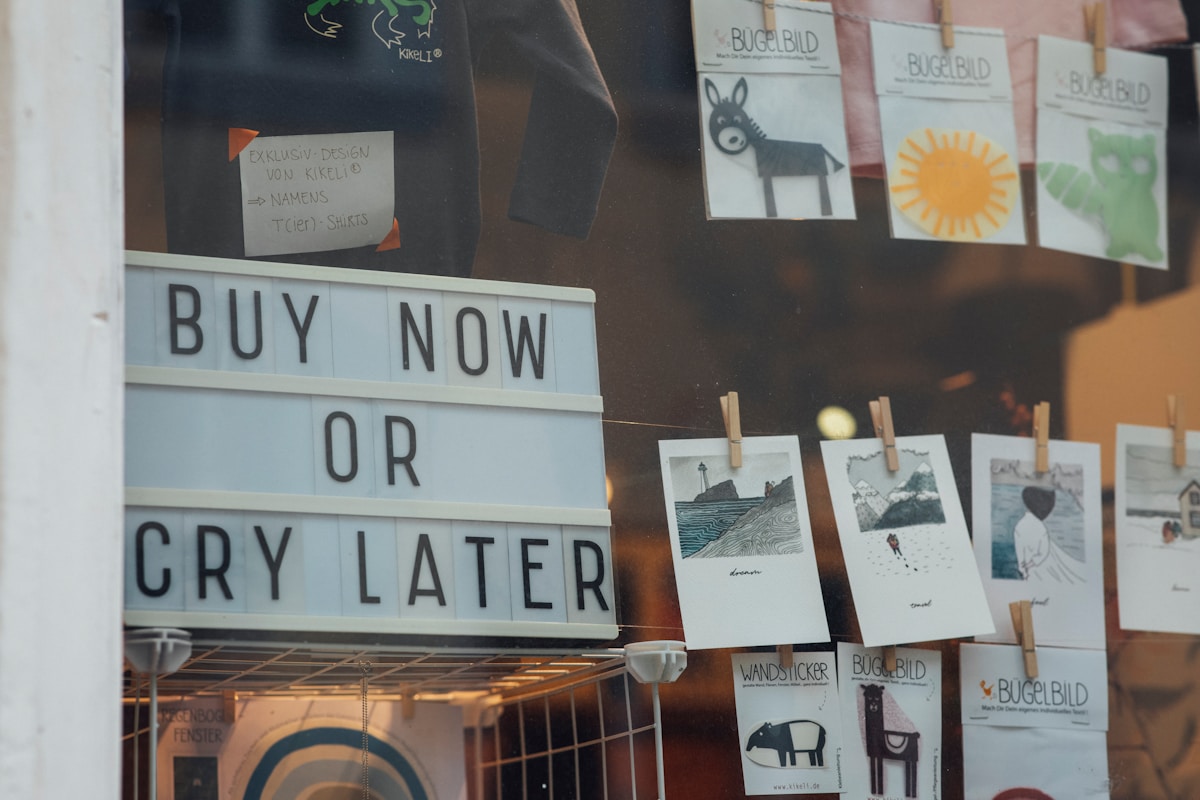The Art And Science Of Website Button Design: A Creative Exploration
The Art And Science Of Website Button Design: A Creative Exploration

In today's digital landscape, website button design is crucial in shaping user experience and driving engagement. As more interactions occur online, the importance of intuitive web button design cannot be overstated. From guiding users through a website to prompting specific actions, the design of website buttons directly impacts user behavior and overall satisfaction.
Understanding The Importance Of Website Button Design
Effective website button design goes beyond aesthetics - it directly influences user interaction and navigation on a website. Crafting visually captivating and easily understandable buttons is a strategy web designers employ to elevate the user experience and prompt visitors to engage in desired actions.
The Impact Of Website Button Design On User Experience
The placement, size, color, and wording of website buttons can significantly impact how users engage with a website. Intuitive button design can streamline navigation, reduce friction in the user journey, and ultimately lead to higher conversion rates.
Exploring The Psychology Behind Effective Website Button Design
The psychology behind effective web button design is fascinating - understanding how color, shape, and placement influence user behavior is key to creating buttons that resonate with visitors. Designers can create visually appealing buttons that are highly effective in prompting action by tapping into psychological principles.
The Basics Of Website Button Design
In understanding the basics of website button design, it's important to consider the elements that make up an effective web button. These include the button's size, shape, color, and placement. Every element is integral in capturing the user's attention and directing them toward the intended action.
The Elements Of Effective Website Button Design
- Size - A website button should be large enough to be easily clickable but not too overwhelming that it distracts from other content on the page.
- Shape - Different shapes can evoke different user emotions and responses. For example, rounded buttons can create a more friendly and inviting feel, while sharp-edged buttons convey a sense of urgency.
- Color - The color of a web button should contrast with the background and harmonize with the overall color scheme of the website. It's important to consider color psychology in choosing the right hue for your buttons.
- Placement - Buttons should be strategically placed where users are most likely to see and interact with them.
Best Practices For Website Button Design
Simplicity is key when it comes to best practices for website button design. Avoid cluttering your buttons with unnecessary text or graphics that could confuse users. Use clear and concise language that tells users exactly what will happen when they click the button. Ensure your buttons are consistent throughout your website for a cohesive user experience.
Incorporating Call-To-Action In Website Button Design
Incorporating call-to-action (CTA) in website button design is essential for guiding users towards taking specific actions such as signing up for a newsletter, purchasing, or downloading content. Effective CTAs are action-oriented and create a sense of urgency or value proposition that compels users to click the button.
Businesses can enhance user engagement and drive website conversions by understanding the basics of website button design and incorporating best practices such as clear CTAs.
The Art Of Implementing Website Button Design

Regarding website button design, color psychology is crucial in influencing user behavior. Web designers can strategically use color to evoke specific user responses by understanding the impact of different colors on emotions and decision-making. For example, using vibrant and attention-grabbing colors like red or orange for call-to-action buttons can create a sense of urgency and encourage users to take action. On the other hand, calming colors like blue or green can be used for buttons that signify trust and security.
Leveraging Color Psychology In Website Button Design
In web button design, color psychology is a powerful tool that can be leveraged to elicit desired user responses. For instance, contrasting colors for website buttons can make them stand out and attract attention. It can be particularly effective for primary call-to-action buttons you want users to click immediately. Additionally, complementary colors for secondary buttons can create visual harmony and guide users toward alternative actions.
Using Visual Hierarchy To Guide User Interaction
Visual hierarchy is another essential aspect of website button design influencing user interaction. Designers can control the order in which users perceive and engage with content by strategically arranging elements on a webpage. It involves prioritizing important elements, such as website buttons, through size, placement, color, and contrast. For example, larger and more prominently placed buttons are perceived as more important and are more likely to attract user attention.
Case Studies Of Successful Website Button Design
Case studies of successful website button design provide valuable insights into the effectiveness of different approaches in real-world scenarios. Designers can learn from best practices and apply them to their projects by analyzing examples of well-designed websites with high conversion rates. These case studies often showcase how strategic use of color psychology, visual hierarchy, and compelling call-to-action messages can significantly impact user engagement and conversion rates.
The Science Of Website Button Design
Regarding website button design, A/B testing is crucial for determining the most effective design for your audience. Creating multiple versions of your website buttons and testing them with real users can gather valuable data on which designs lead to higher click-through rates and conversions. The data-driven approach allows you to make informed decisions about your web button design, ensuring that you are optimizing for user engagement and action.
Utilizing A/B Testing For Website Button Design
A/B testing involves creating two or more versions of a website button and showing them to different users to see which version performs better. The process allows you to compare the effectiveness of different design elements such as color, size, text, and placement. You can identify the most impactful web button design ideas and refine your website buttons for maximum impact by analyzing the results of these tests.
Understanding User Behavior For Optimized Website Button Design
It's essential to understand how users interact with buttons on your site to create an optimized website button design. You can gain insights into where users click, how far they scroll down the page before taking action, and which elements capture their attention by analyzing user behavior through tools like heatmaps and click tracking. The knowledge can inform your web button design choices and help you create buttons that align with user expectations and behaviors.
The Impact Of Responsive Design On Website Button Design
Responsive design plays a significant role in website button design, ensuring that buttons are easily accessible across various devices and screen sizes. With more users accessing websites on mobile devices, website buttons must be designed with mobile responsiveness in mind. It means considering touch-friendly sizes, clear call-to-action text, and strategic placement to accommodate different screen orientations.
You can create effective website buttons that drive engagement and conversions by incorporating A/B testing into your web button design process, understanding user behavior patterns, and prioritizing responsive design principles.
The Role Of Website Button Design In Conversion Optimization

Enhancing Conversions With Strategic Website Button Placement
Strategic website button placement is crucial for driving conversions. You can guide users towards taking desired actions by placing prominent and visually appealing web buttons in key areas of your website, such as the homepage, product pages, and checkout process. Consider using contrasting colors and larger sizes to make your website buttons stand out and attract user attention.
Leveraging Button Design To Improve Click-Through Rates
Optimizing website button design can significantly improve click-through rates. Experiment with different button shapes, colors, and text to find the most effective combination for encouraging user interaction. A clear call-to-action on the button, such as Shop Now or Sign Up, can also entice users to click and explore further.
Incorporating Click Heatmaps In Website Button Design
Click heatmaps are valuable tools for analyzing user behavior on your website. You can gain insights into which buttons receive the most attention and engagement from users by incorporating click heatmaps into your website button design strategy. The data can inform future design decisions and help you optimize the placement and appearance of website buttons for maximum impact.
Advanced Techniques In Website Button Design
In website button design, incorporating micro-interactions can significantly enhance user engagement. Micro-interactions are subtle animations or visual responses when users interact with a website button. These small yet impactful details can make the user experience more interactive and enjoyable, leading to higher engagement and conversions.
Incorporating Micro-Interactions For Enhanced User Engagement
1) Adding hover effects to website buttons
2) Using animated feedback for button clicks
3) Implementing visual cues for button interactions
Utilizing animation and effects in website button design is another advanced technique that can elevate a website's overall aesthetic and functionality. Whether a subtle fade-in effect or a dynamic transition between states, animation can grab users' attention and guide them toward taking action on your website.
Utilizing Animation And Effects In Website Button Design
1) Incorporating smooth transitions between button states
2) Adding subtle animations to draw attention to important buttons
3) Using parallax scrolling effects to create visually appealing buttons
Implementing personalization in website button design involves tailoring the appearance and messaging of buttons based on user behavior, preferences, or demographics. You can effectively connect with your audience on a deeper level and increase the likelihood of conversion by creating personalized experiences through custom buttons.
Implementing Personalization In Website Button Design
1) Customizing call-to-action buttons based on user location
2) Personalizing button text according to user interests
3) Creating unique buttons for different customer segments
How Can Strikingly Help?
Strikingly offers a user-friendly platform for effective website button design, providing several features to enhance the overall user experience and drive engagement. Here's how Strikingly can help in website button design:
- Customizable Templates - Strikingly provides various templates that users can leverage for their website design, including buttons. These templates are designed to be visually appealing and can be tailored to align with the user's brand identity and style preferences.

Image taken from Strikingly
- Intuitive Design Tools - The platform offers intuitive design tools that make creating visually appealing buttons easy for users without extensive design experience. Users can customize buttons' size, color, and style to ensure they seamlessly integrate with the website's overall design.

Image taken from Strikingly
- Responsive Design - It ensures that buttons created on the platform are optimized for various devices. With responsive design capabilities, buttons will look and function well on desktops, tablets, and smartphones, contributing to a consistent and user-friendly experience across different platforms.

Image taken from Strikingly
- User-Friendly Interface - The user interface is designed to be user-friendly, allowing individuals to navigate the platform easily. The accessibility makes it convenient for users to locate and modify buttons, facilitating a smoother design process.
- Strategic Placement - The platform enables users to strategically place buttons on their websites. Whether it's a call-to-action button or a navigation button, the platform provides flexibility in positioning to guide users effectively toward desired actions.
- Emphasis on Simplicity - Strikingly emphasizes simplicity in its design philosophy. The focus ensures that the website buttons are clear and concise and effectively communicate the intended actions to users without unnecessary complexity.

Image taken from Strikingly
You can elevate your website's overall aesthetics and functionality while delivering a more engaging user experience that drives conversions by implementing these advanced techniques in website button design.
Conclusion
In the ever-evolving landscape of website button design, its pivotal role in shaping user experiences and influencing conversions cannot be overstated. As technology advances, the future of website buttons promises exciting developments, particularly with the integration of AI and machine learning. The evolution will lead to more dynamic and responsive buttons, allowing websites to deliver personalized experiences based on user behavior and preferences, ultimately boosting engagement and conversion rates.
Strategic web button design goes beyond aesthetics; it serves as a guide, directing users toward desired actions effectively. Websites can create a seamless navigation experience, encouraging users to interact with content and take meaningful actions by incorporating intuitive design elements and leveraging color psychology. Strikingly's website builder, with its user-friendly platform, empowers users to implement effective button designs that align with their brand identity and drive conversions. The platform's responsive design ensures optimized buttons for diverse devices, enhancing user interaction across all platforms.
Remaining attuned to emerging trends in web button design is essential for businesses seeking to deliver exceptional user experiences and maximize conversion opportunities. As technology evolves, strategic web button design will remain critical in creating impactful online interactions that yield tangible results. When thoughtfully designed, effective website buttons are powerful tools for guiding user behavior and achieving desired outcomes, resonating with the audience, and enhancing business goals.
